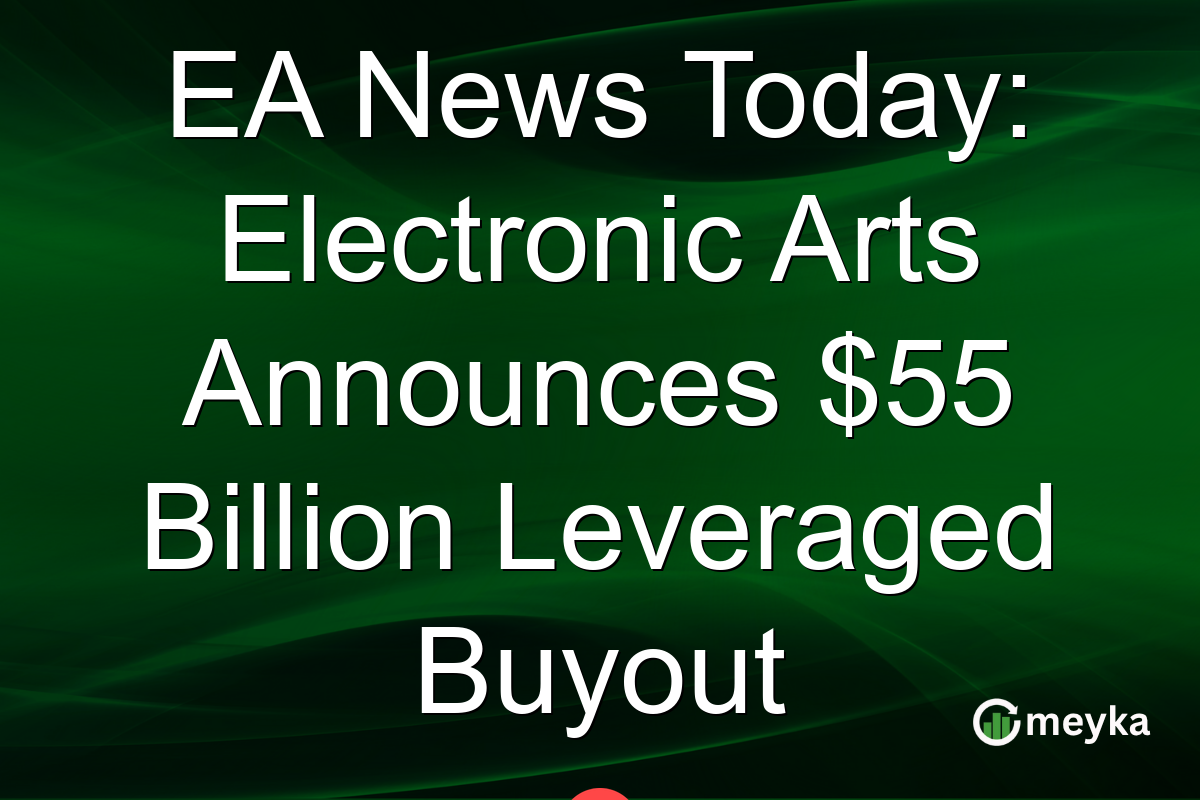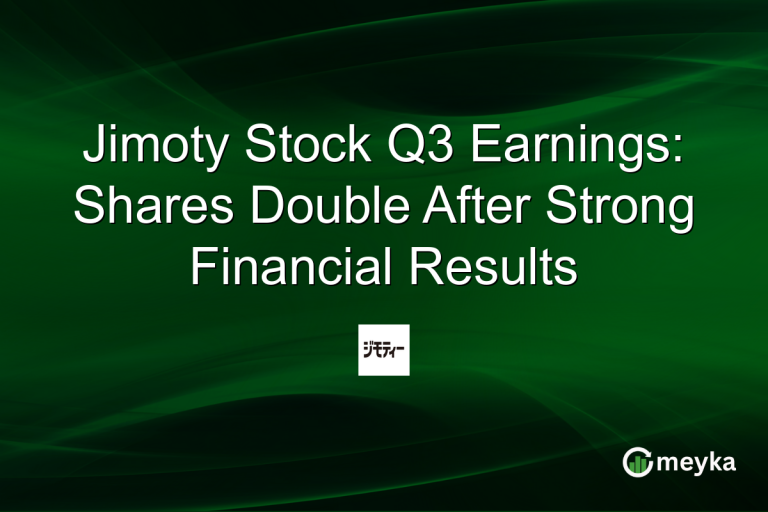EA News Today: Electronic Arts Announces $55 Billion Leveraged Buyout
In a groundbreaking development, Electronic Arts (EA) has announced a $55 billion leveraged buyout, marking the largest deal of its kind in history. This massive transaction is led by Silver Lake, Saudi Arabia’s Public Investment Fund, and Affinity Partners, underlining a significant shift in the gaming industry. With EA’s current stock price at $193.35 and a market cap hovering above $50 billion, this acquisition reflects both a strategic consolidation move and a bet on EA’s future growth potential.
The Leveraged Buyout: A Historic Deal
The $55 billion leveraged buyout of Electronic Arts has sent ripples across the gaming industry. The deal, orchestrated by Silver Lake, Saudi Arabia’s Public Investment Fund, and Affinity Partners, highlights the growing interest and investment in the gaming sector. Leveraged buyouts (LBOs) involve using borrowed funds to purchase a company, making this massive $55 billion LBO the largest in gaming history.
EA’s strong portfolio—including franchises like FIFA, Madden NFL, and The Sims—and its robust revenue streams positioned it as an attractive target. With a consistent EPS growth of 62.4% and a return on equity (ROE) of 15.27%, EA presents significant growth opportunities for investors. This buyout reflects confidence in EA’s ability to sustain its market leadership and expand further. More on EA’s potential: [Reuters](https://www.reuters.com/business/media-telecom/electronic-arts-go-private-55-billion-deal-with-pif-silver-lake-2025-09-29).
Impact on the Gaming Industry
The consolidation trend in the gaming industry continues with EA’s acquisition. Similar buyouts and mergers, such as Microsoft’s acquisition of Activision Blizzard, signal a growing focus on creating larger, more powerful entertainment entities. This strategic alignment aims to enhance content creation, distribution, and technological innovation.
For developers and gamers, the implications are multifaceted. On one hand, increased consolidation can drive innovation and resource allocation. On the other, it may lead to reduced competition. However, EA’s current position, with a diverse game catalog and a strong fan base, suggests the buyout could lead to enhanced gaming experiences and potential industry innovations.
Online discussions, such as those on Reddit, are abuzz with varied investor reactions, noting both opportunities and risks inherent in this gargantuan deal.
EA’s Financial and Stock Market Outlook
Post-buyout, EA’s financial dynamics are poised for transformation. Currently, EA’s stock price is stable at $193.35, with negligible day-to-day changes. However, its year-to-date performance shows a decrease by 4.46%, reflecting broader market volatility. Analysts have a consensus price target around $175.56, suggesting potential downward adjustment post-buyout announcement.
EA’s financial health remains robust, with a strong free cash flow growth of 57.55% and a reasonable debt-to-equity ratio of 0.32. These metrics indicate resilience and the capacity to leverage new investments for strategic initiatives post-acquisition. As we approach the scheduled earnings announcement on October 28, 2025, investors are keenly watching for insights into EA’s integration strategy and future revenue projections.
Investor Takeaway: Strategic Opportunities Ahead
For investors, the Electronic Arts leveraged buyout presents an intriguing opportunity. With a stock grade of ‘B+’ and ongoing analyst recommendations to buy, EA showcases strong fundamentals, reinforced by trusted franchises and the backing of major investment entities.
This buyout not only underscores EA’s value but also positions it uniquely for technological advancements and market expansions. As gaming evolves with innovations like VR and cloud gaming, EA’s strategic alliance with global partners can pave the way for cutting-edge developments. Investors should closely monitor EA’s financial disclosures and strategic moves post-acquisition. Learn more about EA: EA.
Final Thoughts
The $55 billion leveraged buyout of Electronic Arts signifies a pivotal moment in gaming and investment sectors. This monumental acquisition, driven by Silver Lake and global partners, illustrates a strategic consolidation aimed at unlocking growth and innovation. While EA’s stable stock performance and strong financial metrics provide a solid base, the future post-buyout requires close observation.
For investors, this acquisition offers both opportunities and challenges. EA’s leadership in digital gaming, combined with global investment backing, sets the stage for potentially enhanced shareholder value. As the gaming landscape continues to evolve, keeping abreast of EA’s strategic direction and industry positioning is crucial. Visit Meyka for real-time financial insights and predictive analytics, aiding investors in making data-driven decisions.
FAQs
A leveraged buyout (LBO) is a financial transaction where a company is purchased using primarily borrowed funds. Typically, the assets of the company being acquired are used as collateral for the loans. This allows for control of the company with a relatively small amount of equity investment.
EA’s $55 billion leveraged buyout is the largest in the gaming industry, involving major players like Silver Lake. It highlights the strategic importance of the gaming sector and reflects confidence in EA’s continued growth and innovation potential.
In the short term, EA’s stock may experience volatility as market reactions to the buyout are digested. Analysts have a consensus price target slightly lower than the current price, suggesting potential adjustments. However, long-term prospects may improve due to strategic investments and expanded R
Disclaimer:
This is for information only, not financial advice. Always do your research.






